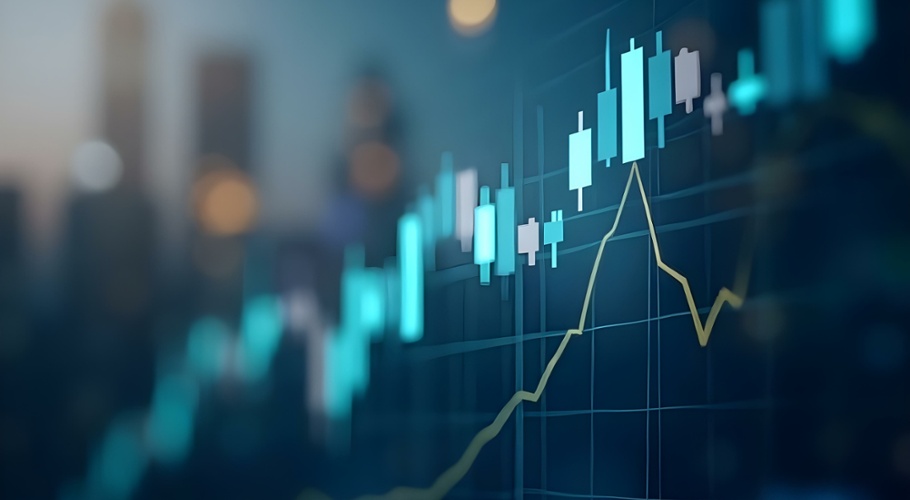Why the ETF trend is not always your clients' friend
ETFs are popular with advisers and their clients as they are cheap to buy into and require little administration. However, volatile markets and sector concentration bring their own risks.
The enthusiasm of financial advisers has been a core driver behind Australia’s rapidly growing ETFs sector. But ETF-based equity strategies are increasingly complex and varied, which means a greater emphasis on ensuring the client truly understands their investment.
Exchange Traded Funds (ETFs) divide opinion across the investment universe but their popularity with both retail investors and institutional managers is indisputable. But as the variety and complexity of these products swell, it falls to advisers to ensure clients are aware of the risks.
In the US in 2019, there were 62% more fund openings than closures and a total of 2307 listed ETFs available to trade by the end of October. This had some experts speculating that ETFs may surpass mutual funds in terms of assets under management within five years.
Closer to home, the trend in Australia is towards thematic ETFs – mostly featuring tech companies – while some more experienced investors are switching away from the traditional equity index/REIT property/US share index ETFs to more exotic offerings, such as those overweighting key sectors of larger indexes, like healthcare or tech. ETFs tracking companies aligned to ESG (environmental, social and corporate governance) principles are also growing in popularity.
John Rose, Business Intelligence Manager at CommSec Adviser Services, says his main piece of advice is for investors to treat ETFs just as they would individual shares with regard to risk and return. While ETFs do in theory diversify risk by allowing investment in an index, sector or commodity class, there may not be much real diversification within some of these.
“An example of this came during Covid-19. Mid-April saw Australian Investors pour $35m into the only ETF on the ASX that tracks crude oil on the widely held expectation of oil price stability,” he says. “Then in May the West Texas Intermediate (WTI) futures contracts came out and were surprisingly in negative price territory and the value of that ETF dropped 70%.”
Covering the detail
Rose says it is increasingly important that advisers not only talk clients through the pros and cons of investing via ETFs but also the differences between physical-backed and synthetic ETFs, while also explaining the features of exchange-traded instruments that are not ETFs.
Physical-backed ETFs comprise all the shares in a particular index while synthetic ETFs hold some of the underlying shares but mainly use swap agreements to mirror the movements of the index. These are riskier due to the introduction of some counterparty risk within that swap agreement.
Traditional ETFs were designed to passively mirror the index they are linked to, thus minimising the shocks that an individual stock might be exposed to. But the idea that there will be no shocks needs to be removed from clients’ minds and advisers need to help clients understand this. “If you had invested all your money in something like an ASX 200 ETF, you would have been doing really great until February 2020 but if you had held that ETF since then you would be down around 10-13% if you didn’t do anything to protect yourself,” Rose says.
“All ETFs carry some risk but if you are a retail investor you should probably be wary of leveraged ETFs as these ETFs tend to experience value decay over time due.
“They are a bit like a swan – calm and serene above water but furiously kicking below. Investors need to be watchful of market conditions.”
An issue with leveraged and inverse ETFs is the relative lack of liquidity. Once an investor gets a position on these ETFs, they might find it tough to back out of them. And those using ETFs to invest in overseas markets need to consider a currency hedge to avoid losing profits to exchange rates.
Portfolio construction
Fund managers tend to use ETFs as either a core holding that just buys general markets, or as a thematic, sometimes called satellites, that take a position in a certain idea or certain market. Rose believes there are lessons here for retail investors on using ETFs in portfolio construction, starting with the question: “Why are you investing in that ETF?”
“ETFs can help investors simplify their portfolio management and perhaps add a bit of diversification for protection,” he says.
“A colleague of mine was going on maternity leave so she divested all her current holdings and switched to an ETF to make it easier to manage while she was away from work and not tracking the markets as closely. That was a good strategy for her.”
Taking the rest of the portfolio into account also applies to investing in an ETF that tracks a particular theme. For example, if an investor has holdings in the energy sector, they should not be adding a crude oil ETF to their portfolio unless they are extremely bullish on the fortunes of the oil industry.
“Advisers may encounter investors who have been swept up in the euphoria around Zip and Afterpay and want to get exposure to these stocks through an ETF,” Rose says.
Using a broad index ETF like the ASX 200 index gives them some limited exposure but another ETF like the ASX All Tech Index ETF (ATEC) would give them a more weighted exposure to that ‘Buy Now, Pay Later’ segment, while also having the relative safety of some tech stocks to buffer them,” he says.
Finally, Rose suggests investors do their research as no two ETFs are the same, while asking themselves questions like: ‘Is a broad index ETF going to do it for me or am I looking for more targeted returns in an interesting sector?’

